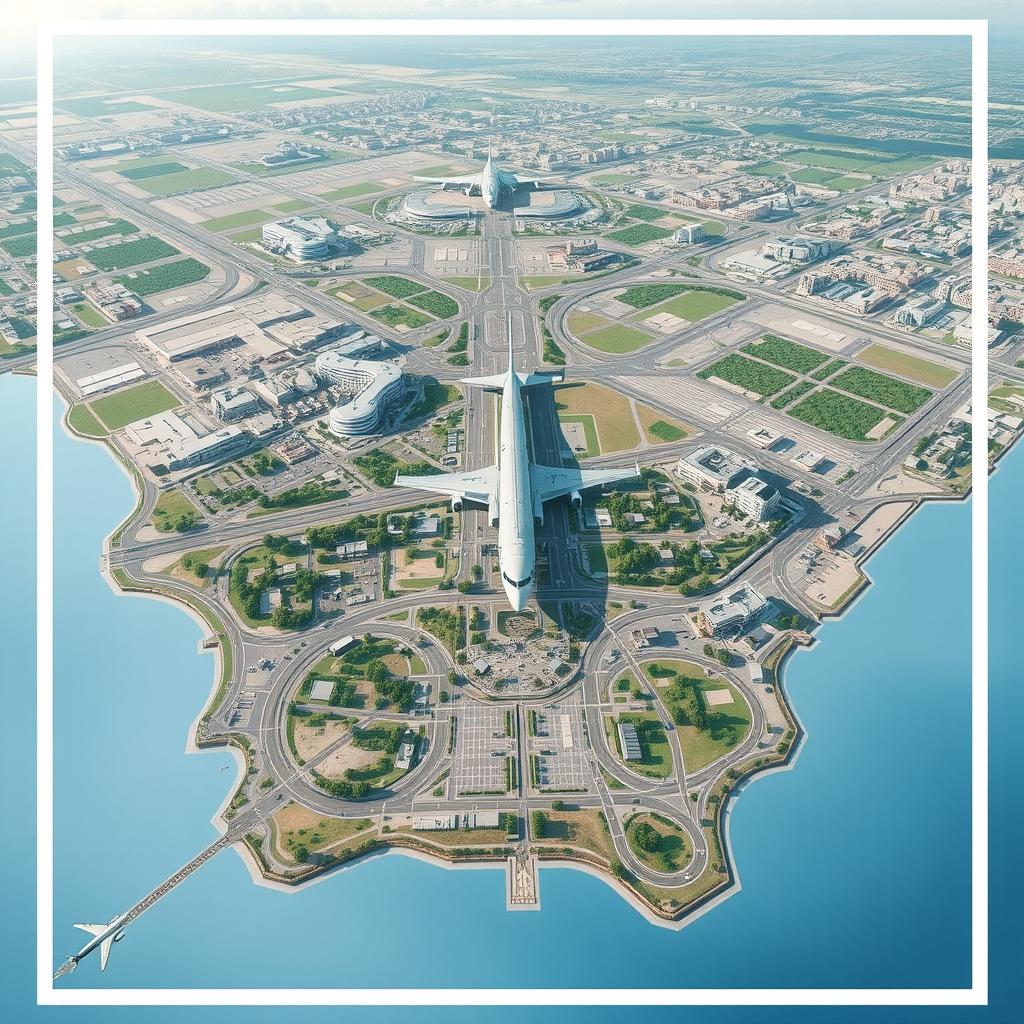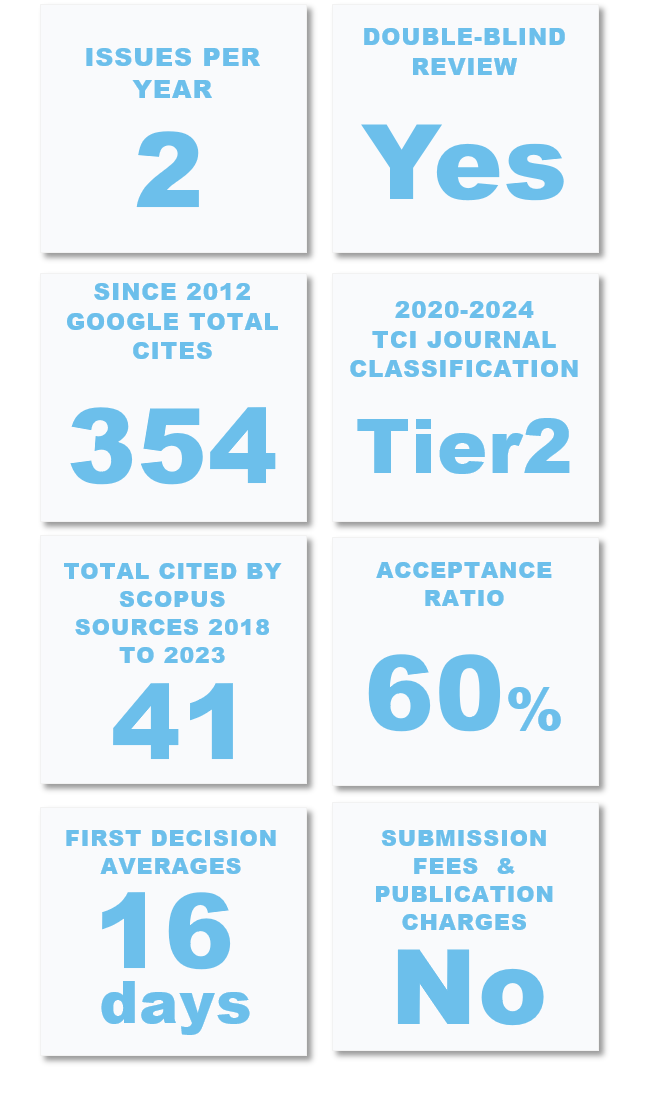From Runway to Cityscape: Challenges of Airport-Driven Urban Growth
DOI:
https://doi.org/10.56261/built.v22.256538Keywords:
Airport city, Aerotropolis, Airport-driven development, Economic development, Airport development areaAbstract
Incorporating airports into urban growth and economic development has greatly altered the geography and economics of cities. This study compares the conventional airports with the new model of the “Aerotropolis,” focusing on their dual functional nature as the points of entry and departure and growth drivers. It reviews the effects of airport growth on urban land use, the real estate market, and other economic sectors. The study uses examples from Schiphol Airport in the Netherlands and Dallas-Ft. Worth Airport in the United States. The analysis identifies the potential and challenges of the Aerotropolis approach as well as concerns on sustainability, equity, and the coherency of economic development with planning. It is recommended that to ensure effective economic development, there is a need to enhance governance, involve stakeholders and effectively manage land use to ensure that economic development is sustainable and beneficial to the environment and the people affected. This paper finds that airports can have a great impact on today’s urban and economic environments and highlights the need for a proactive and sustainable approach to the development of airport-related projects.
Downloads
References
Amsterdam Schiphol Group. (2020). Annual report. https://www.schiphol.nl/en
Appold, S. (2013). A short primer on aerotropolis and airport city planning. SSRN Electronic Journal. https://doi.org/10.2139/ssrn.2314713 DOI: https://doi.org/10.2139/ssrn.2314713
Bowen, J. T. (2008). Moving places: The geography of warehousing in the US. Journal of Transport Geography, 16(6), 379–387. https://doi.org/10.1016/j.jtrangeo.2008.06.004 DOI: https://doi.org/10.1016/j.jtrangeo.2008.03.001
Brueckner, J. K. (2003). Airline traffic and economic development. Urban Studies, 40(8), 1455–1469. https://doi.org/10.1080/0042098032000094388 DOI: https://doi.org/10.1080/0042098032000094388
Button, K., Doh, S., & Yuan, J. (2010). The role of small airports in economic development. Journal of Airport Management, 4(2), 125–136. DOI: https://doi.org/10.69554/ZBAI1323
Colin Buchanan and Partners. (2009). Economic impacts of hub airports. British Chambers of Commerce.
Federal Aviation Administration. (2015). Airport and community economic impacts: A national perspective. https://www.faa.gov
Freestone, R. (2009). Planning, sustainability, and airport-led urban development. International Planning Studies, 14(2), 161-176. https://doi.org/10.1080/13563470902817456 DOI: https://doi.org/10.1080/13563470903021217
Freestone, R., & Baker, D. (2011). Spatial planning models of airport-driven urban development. Journal of Planning Literature, 26(3), 263–279. https://doi.org/10.1177/0885412210397469 DOI: https://doi.org/10.1177/0885412211401341
Flores-Fillol, R., García-López, M. À., & Nicolini, R. (2016). Organization of land surrounding airports: The case of the aerotropolis. Land Economics, 92(1), 57–81. DOI: https://doi.org/10.3368/le.92.1.57
Flores-Fillol, R., & Nicolini, R. (2006). Aerotropolis: An aviation-linked space. CREIP, Universitat Rovira i Virgili.
Graham, B., & Guyer, C. (2000). The role of regional airports and air services in the United Kingdom. Journal of Transport Geography, 8(4), 249 –262. https://doi.org/10.1016/S0966-6923(00)00020-6 DOI: https://doi.org/10.1016/S0966-6923(00)00021-1
Green, R. (2012). The impact of airports on economic development. Journal of Urban Economics, 71(1), 28–42. https://doi.org/10.1016/j.jue.2011.09.003 DOI: https://doi.org/10.1016/j.jue.2011.09.003
Güller, M., & Güller, M. (2003). From airport to airport city. Editorial Gustavo Gili.
Hirsh, M. (2016). Airport urbanism: Infrastructure and mobility in Asia. University of Minnesota Press. DOI: https://doi.org/10.5749/minnesota/9780816696093.001.0001
Hirsh, M. (2017a). The limits of the aerotropolis: Berlin Brandenburg Airport and the politics of delayed infrastructure. Urban Studies, 54(8), 1910–1925.
Hirsh, M. (2017b). What is wrong with the aerotropolis model? Site Selection Magazine, March 2017. https://doi.org/10.1177/0042098016631913
Kasarda, J. D. (2000). Logistics and the rise of the aerotropolis. Real Estate Issues, 25(4), 43–48.
Kasarda, J. D. (2009). Airport cities. Urban Land, 68(4), 56–60.
Kasarda, J. D. (2010). Airport cities and the aerotropolis: The way forward. Global Airport Cities. Insight Media.
Kasarda, J. D. (2013). Aerotropolis: Business mobility and urban competitiveness in the 21st century. Urban Insight, 2(7).
Kasarda, J. D. (2022). Aerotropolis 4.0. Airport World: Special Issues, 2, 16–18.
Kasarda, J. D., & Appold, S. J. (2006). Airports as new urban anchors. The Kenan Center, University of North Carolina at Chapel Hill.
Paris Charles de Gaulle Airport. (2020). Airport economic impact report. https://www.parisaeroport.fr
Postorino, M. N., & Versaci, M. (2014). A geometric fuzzy-based approach for airport clustering. Advances in Fuzzy Systems, 1–12. https://doi.org/10.1155/2014/583295 DOI: https://doi.org/10.1155/2014/201243
Poungias, P. (2009). Airport city developments: An airport investor’s perspective. Journal of Airport Management, 4(1), 14–22. DOI: https://doi.org/10.69554/NSKV7276
Schaafsma, M. (2008). Accessing global city regions: The airport as a city. In A. Thierstein & A. Forster (Eds.), The image and the region: Making mega-city regions visible! (pp. 69–79). Lars Müller.
Schlaack, J. (2010). Defining the airea: Evaluating urban output and forms of interaction between airport and region. In U. Knippenberger & A. Wall (Eds.), Airports in cities and regions: Research and practice (pp. 113–126). KIT Scientific Publishing.
Timbrell, G., Foth, M., & Hearn, G. (2006). Towards knowledge management for explorers: The case of the Brisbane Airport Corporation. International Journal of Knowledge, Culture, and Change Management, 6, 97–104. DOI: https://doi.org/10.18848/1447-9524/CGP/v06i06/49667
Weisbrod, G. E., Reed, J. S., & Neuwirth, R. M. (1993). Airport area economic development mode [Paper presentation]. PTRC International Transportation Conference, Manchester, England.
Windle, R., & Dresner, M. (1995). Airport choice in a multi-airport region. Journal of Transportation Engineering, 121(4), 332–338. https://doi.org/10.1061/(ASCE)0733-947X(1995)121:4(332) DOI: https://doi.org/10.1061/(ASCE)0733-947X(1995)121:4(332)

Downloads
Published
How to Cite
Issue
Section
License
Copyright (c) 2024 International Journal of Building, Urban, Interior and Landscape Technology (BUILT)

This work is licensed under a Creative Commons Attribution-NonCommercial-NoDerivatives 4.0 International License.











